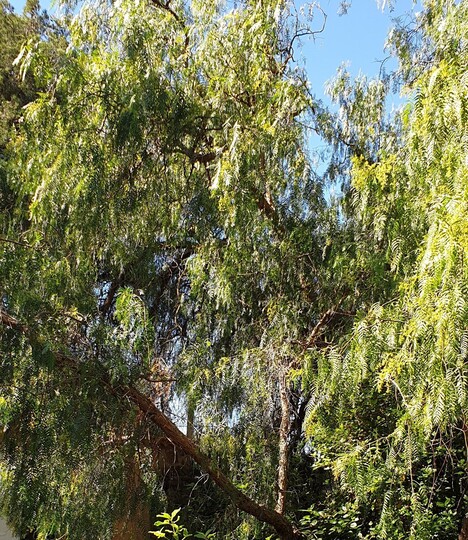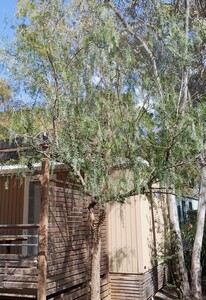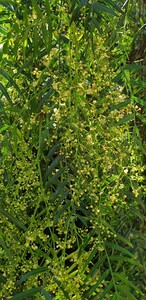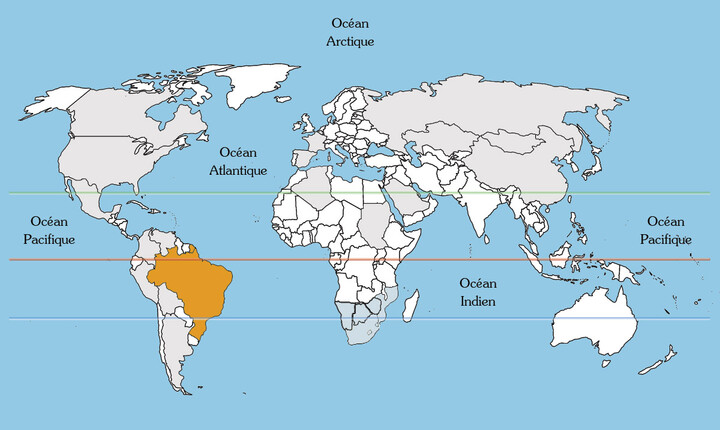False Pepper Tree
Presentation
A little-known treasure with surprising benefits
The False Pepper Tree, also known under its Latin name Schinus molle, is a relatively little-know plant despite its many properties. Originating from South America, this evergreen shrub is primarily grown for its ornamental appearance, but its benefits extend far beyond its decorative beauty.
The False Pepper Tree on show at our four-star campsite Les Jardins de La Pascalinette® is very easy to spot as it resembles a weeping willow.
It is a dioecious tree and our False Pepper Tree is a boy!
Useful and easy to grow
In traditional medicine, the False Pepper Tree is renowned for its healing powers. Its leaves and berries contain compounds with anti-inflammatory and antioxidant properties.
As a result, they are often used to relieve joint and muscle pain, and to strengthen the immune system. The resin of the False Pepper Tree was also used to embalm the Inca kings!
Its small, creamy-white flowers, grouped in clusters, bloom in spring, from May to June.
In autumn, the tree is covered with fruits resembling peppercorns, which are pink in colour when ripe. These berries also have an odour resembling that of pepper. They are considered as toxic in their natural state.
In addition to its health benefits, the False Pepper Tree is a friend of the environment. Thanks to its ability to withstand harsh climatic conditions, it is often planted to combat soil erosion and restore damaged ecosystems.
Identity
| Latin name : | Schinus molle |
|---|---|
| Family : | Anacardiaceae |
| Genus : | Schinus |
| Species : | Molle |
| Color : | Green leaves, cream flowers, pink fruit |
| Origin : | South America |
| Foliage : | Evergreen |
| Port : | Weeping |
| Height : | 6 m |
| Flowering : | May-June |
Did you know?
Its fruits are often mistaken for peppercorns due to their resemblance, hence the plant's common name.





